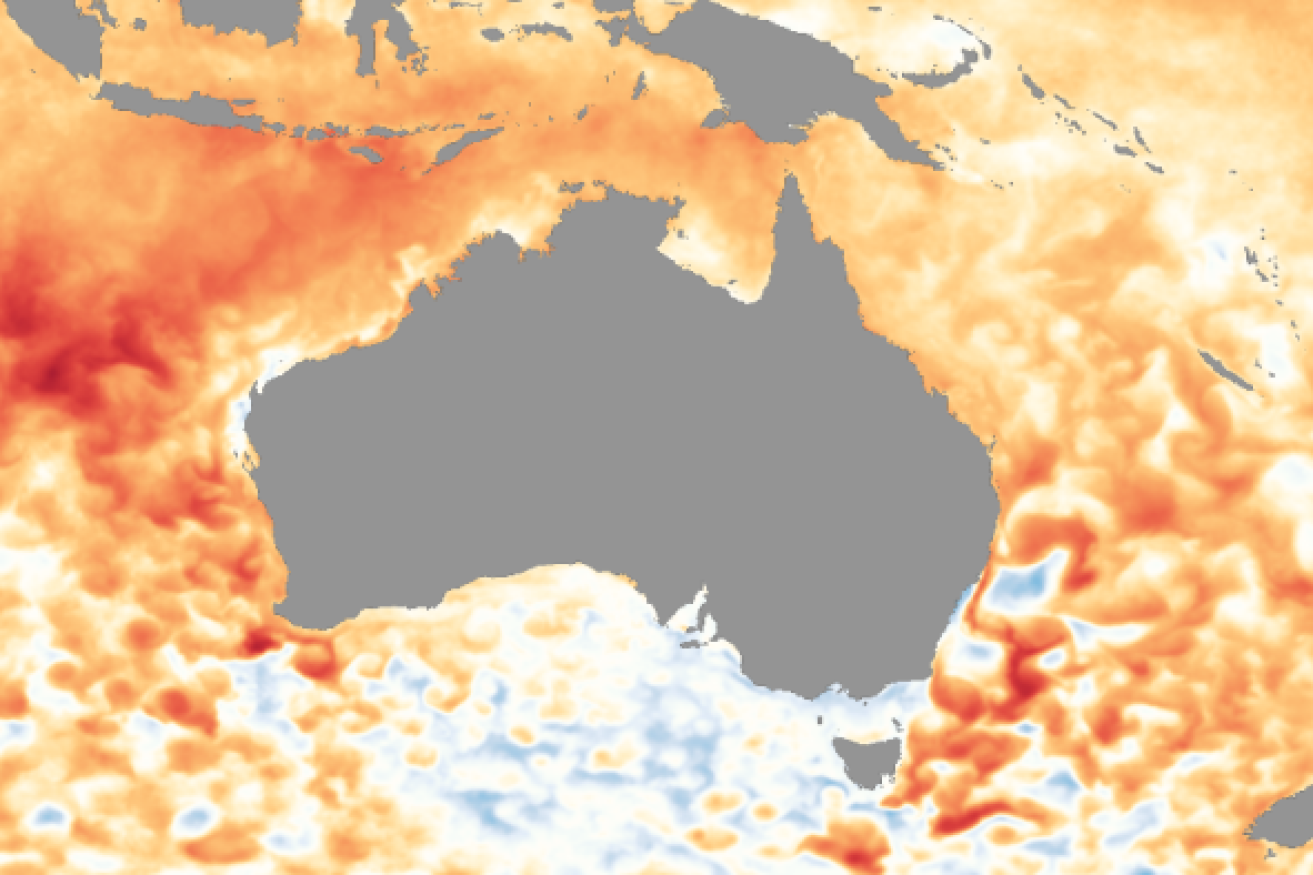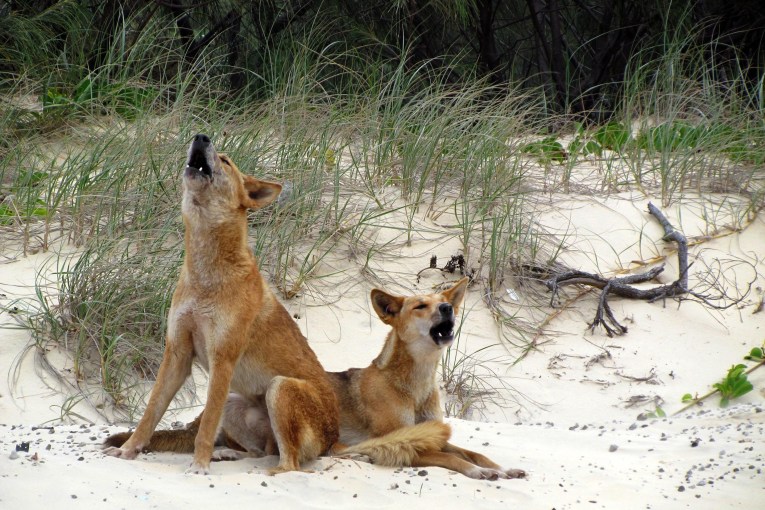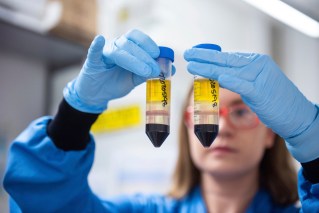Cloud computing: Warm oceans bringing hope of a wet winter
Warm oceans are encouraging wet conditions for Australia, with forecasters warming to the possibility of the hint of a La Nina event on the horizon.

Warm ocean temperatures are encouraging wet conditions as we move towards winter. Photo: ABC
It is looking more and more likely that Australia could be in for a wet few months going into winter.
“I think it’s a little better than rumours now, which feels like a good thing to say,” said Dr Andrew Watkins, head of long-range forecasting at the Bureau of Meteorology.
“There are really strong odds, probably the strongest we’ve seen since 2016.”
That is particularly welcome news as we head into the southern cropping season.
Several regions have already received more than 25mm, considered the trigger for the autumn break required to begin cropping, usually expected around Anzac Day.
But after years of drought, there are still hopes for more rain.
The outlook suggests there is an above 60 per cent chance of above-median rainfall for most of the country for at least the next three months.
“Looking at other models from around the world, it’s amazing they are all saying a very similar thing and I’ve probably looked at half a dozen or more of the top models now,” Watkins said.
“They are all suggesting that the odds are increased of having some good rainfall over the next few months for much of Australia.”
The good chances of rain are thanks to warm ocean temperatures around Australia, which encourage cloud and rain formation over us but descending air and dry conditions for east Africa and South America.
This climatic setup is causing much speculation that we might finally be tipping towards climate drivers associated with wet conditions in Australia after years of drought.
At the moment the main climate drivers are in neutral positions, but that could be set to change later in the year.
Climate drivers
Autumn is a notoriously poor time to be making predictions … but the models are looking good.
In the Pacific Ocean, after years of teetering near an El Nino, a number of the global climate models forecast it to reach or exceed La Nina levels in winter or spring.
But the BOM is yet to declare a La Nina watch, meaning it still doesn’t think it is more likely than not.
Meanwhile to Australia’s west, it is looking slightly more likely that we could be heading towards a negative Indian Ocean Dipole (IOD), according to Watkins.
Again, while he said there was still a lot of variability in the model runs, they appeared to be trending towards a neutral or negative IOD.
“We can basically rule out a positive IOD. We can rule out what happened last year,” Watkins said.
That is most certainly good news for the many who suffered through the drought conditions attributed to last year’s strong positive IOD.
The last time there was a strong negative IOD was in 2016, “which was one of the best cropping seasons we have ever seen in Australia”, Watkins said.
“Not only did the negative IOD bring good winter and spring rainfall, but when the IOD collapsed in November, everything perfectly went dry for harvest.”
Fingers and toes crossed.
Sweating the technicalities
Of course there is always a chance of too much of a good thing — the 2011 Queensland floods occurred during a strong La Nina.
But the devastating rainfall of that La Nina occurred during the summer, when there is more tropical moisture around to lead to widespread flooding.
After years of dry conditions, the dry soils will have a large capacity to soak up the rain before generating run-off.
And hitting the technical criteria for La Nina or negative IOD does not guarantee good rain, nor does it need to meet the criteria for it to be a wet year.
“It doesn’t guarantee it, but it certainly lifts the odds, and that’s fantastic news,” Watkins said.
“It’s probably a little too early to count chickens, but certainly those outlooks are looking great and far better than what they did last year.”
– ABC / Kate Doyle












